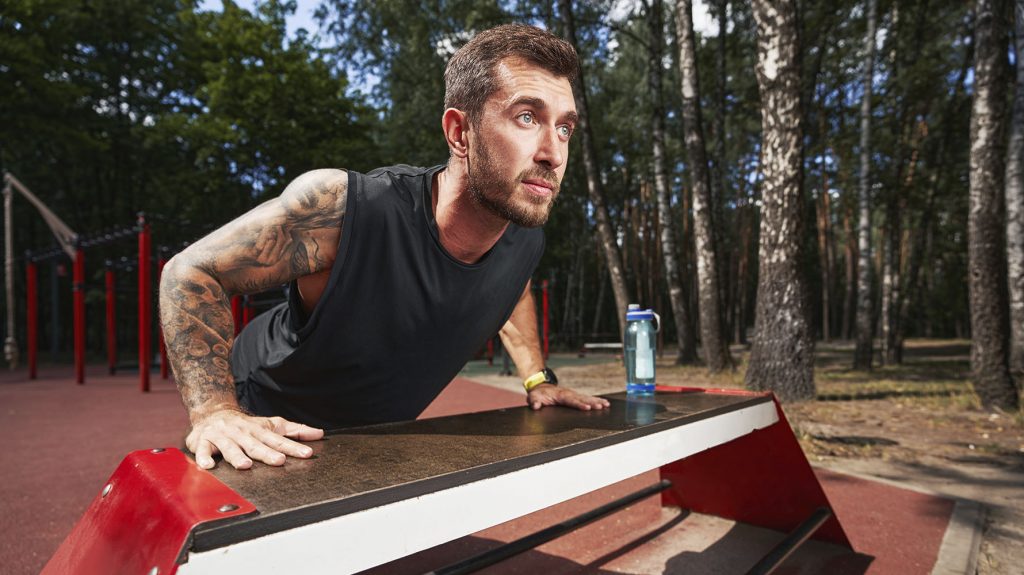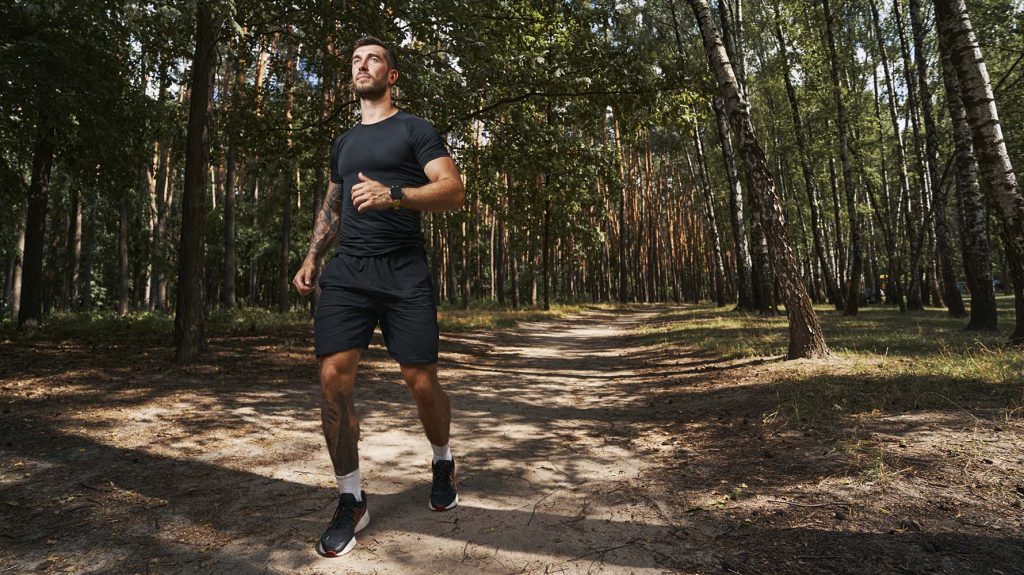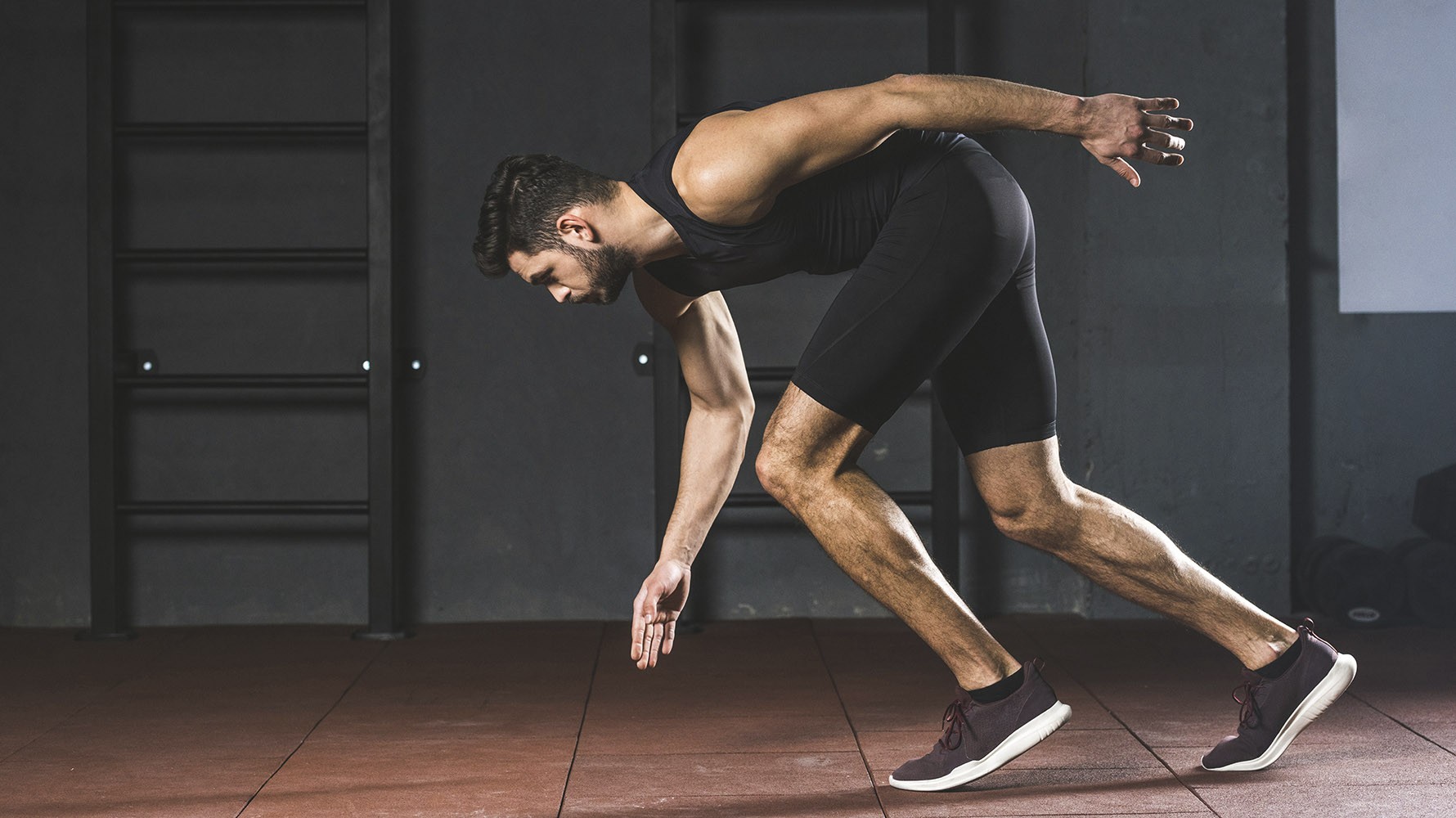Aerobic Exercise to Keep Your Heart Healthy
Your heart and circulation require aerobic (cardiovascular) exercise to stay healthy. The more you weigh, the more blood capacity you have flowing through your body. Meaning, the heart has to work harder to pump the extra blood around the body. This means that to perform its proper function, your heart needs to be bigger to pump the higher capacity of blood around the Cardiovascular system. The smaller the heart, the faster and harder it needs to contract to circular this blood flow. Thus being overweight increases the risk of heart disease and other associated problems.
There are two types of cardiac hypertrophy. The first one is associated with enlargement, or thickening of the heart muscle while the second one, is an increase in the volume of the heart, which means the heart muscle stretches, its muscle fibres lengthen, thereby increasing the volume within the heart. The second type is good, while the first one is associated with a significant increase in the risk for sudden death or progression towards heart failure.
So, how to exercise to keep your heart healthy? Our number one recommendation is to monitor your heart rate. Don’t let your heart rate exceed 185bpm (beats per minute). Your heart rate during cardiovascular exercises, should be between 110 and 130bpm.
Some athletes prefer to run fast, at a heart rate of 170bpm or higher, but let’s consider how it impacts your heart. First of all, during high-speed running, the heart contracts faster, causing hypoxia. If levels of oxygen within the blood decrease, the heart will receive un-oxygenated blood. This will result in the risk of the heart muscles becoming damaged or triggering the risks of a heart attack.
To monitor your heart rate, you can use special devices, or you can check it yourself manually. To do it, lightly press the index and middle fingers of one hand on the opposite wrist, just below the base of the thumb to feel for your beating pulse and then count the number of beats over a 60 second period, to determine how many beats per minute your heart is pumping at.
HIIT Workouts
High Intensity Interval Training or “HIIT” workouts, generally combine short bursts of intense exercise with periods of rest or lower-intensity exercises. This type of exercise has its advantages. HIIT training can help you lose fat, your metabolic rate will stay high for hours after exercise and you can burn a lot of calories within a short amount of time. But as we highlighted earlier, it is bad for your heart, and there can be a high occurrence risk of injury. We recommend to combine HIIT training with light exercise, and not to do it too often.
Jumping Rope Can Be Bad for Your Heart
The workout usually challenges your heart to pump fast. But if you like the exercise, we recommend doing alternating leg jump rope.

Which Cardio is the Best for Your Health?
Swimming is considered the best cardiovascular exercise. When you swim, your body is nearly horizontal in the water. This allows more of your blood to be able to move back towards your heart, rather than pooling in your legs and having to pump the blood up hill. But what if you don’t have a swimming-pool near you?
The best option is long, light cardio, like walking. Light cardio is the best workout for a healthy heart. It puts less stress on your heart and lungs than that of a more intensive workout and also less pressure on your knee joints. Studies show that people who walk more, may generally live longer. So, regular moderate physical activity can improve your health and maximize these benefits.
Which Cardio is the Best for Weight Loss?
There are two types of cardio – low-intensity and high-intensity. Low-intensity cardio is an aerobic exercise that is performed at 60 to 80 % of your maximum heart rate capacity. Examples include; jogging, swimming and step aerobics. This can be a part of your daily activity, you can walk during the day as it all counts towards your cardiovascular exercise. During low-intensity cardio workouts, you mainly burn fat, not carbs. It doesn’t matter when you do low-intensity cardio, because it doesn’t burn your sugar stores (carbs) that you need for strength training. The more intense cardio, the more carbs you burn.
Many think that cardio is effective for fat burning and helps to significantly lose weight. This is partially true, but the amount of fat burnt effects during cardio workouts is rather small. Let’s compare jogging at 5-10 km/h and fast intense running at 15 km/h. How many calories will you burn? Low-intensity cardio burns 5 kcal per minute. Jogging at 10 km/h will help you burn 10 kcal per minute, and intense running at 15 km/h – 15 kcals per minute. In essence this is not that much. An hour of light cardio will help you burn around 30g of fat. If you run at a pace of 15 km/h, you will burn three times more than this, but only for professional athletes who can run for an hour at this pace. But the thing is, in this case, you will start to burn carbs.
Some people avoid high-intensity cardio because it isn’t effective for fat burning. But this is tricky. High-intensity cardio helps create a caloric deficit, and it also has a delayed effect. After training, your body continues to burn fat for the next 24 hours.

When Should I Do Cardio for Burning Fat?
The first thing that helps burn fat more efficiently, is cardio on an empty stomach. Your body feeds on stored fats and carbs for energy instead of food you’ve recently eaten, leading to higher levels of fat loss. This can be achieved by doing cardio in the morning or after a strength training session because when we exercise, our muscles and liver use glycogen (stored glucose) for energy.
To burn even more fat, you can use caffeine. A cup of strong coffee on an empty stomach before cardio training, can stimulate the body’s fat burning cells, which can help lose weight faster. There are other things that help promote fat burning, like various drugs and hormones, but this is not the safest way.
The important thing here, is to run slowly and for as long as possible. So, if you want to lose weight, wake up in the morning, drink a cup of coffee, wait for 10-20 minutes for the caffeine to kick in and start your light cardio training. There is no point in jogging for less than 30 minutes. Your cardio training should last 50-60 minutes to become effective. Your heart rate should also stay between 130-140 bpm.
One significant disadvantage of such training is that light cardio burns muscle. But if your goal is to lose weight at all costs, this option is still good for you. Which type of training to choose depends on your muscle percentage and body composition and your metabolism. You can try different intensities or interval cardio, and then see what works for you and your body.
Cardio is Not Very Effective for Fat Loss
Cardio can promote the weight loss process, but it isn’t necessary for fat loss. You can lose fat by restricting caloric intake, by doing resistance training, or by a combination of both. The main factor when trying to in loose body fat, is consuming less calories than you are burning.
If you want to lose weight, we recommend combining a healthy diet with light cardio sessions to boost your metabolism.


